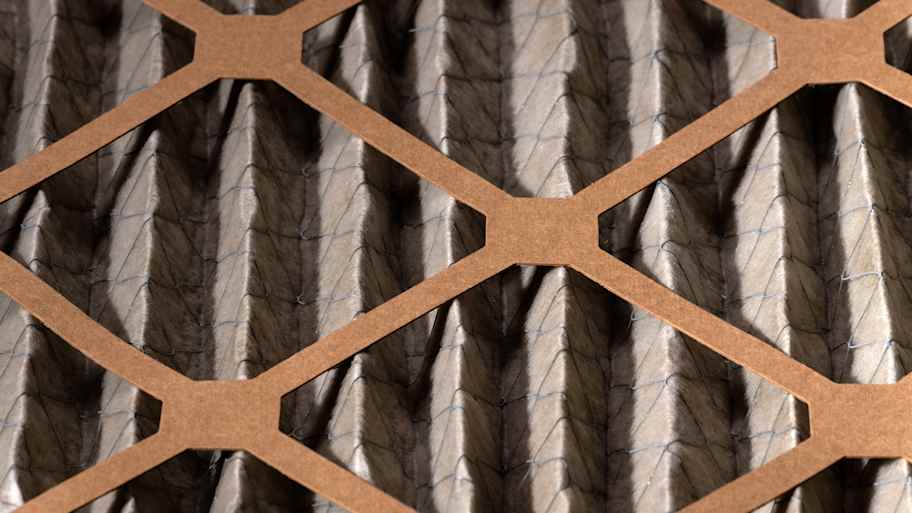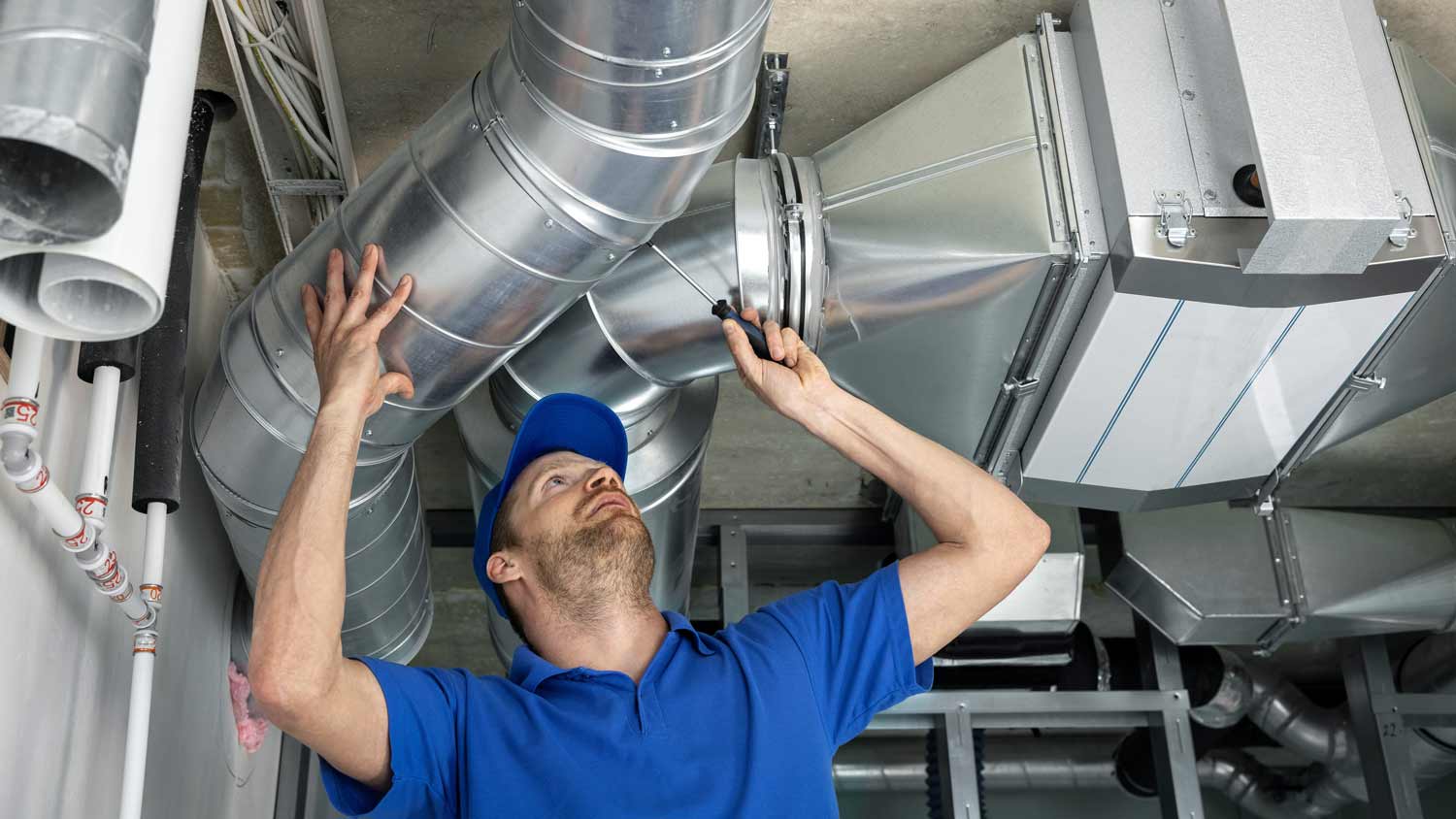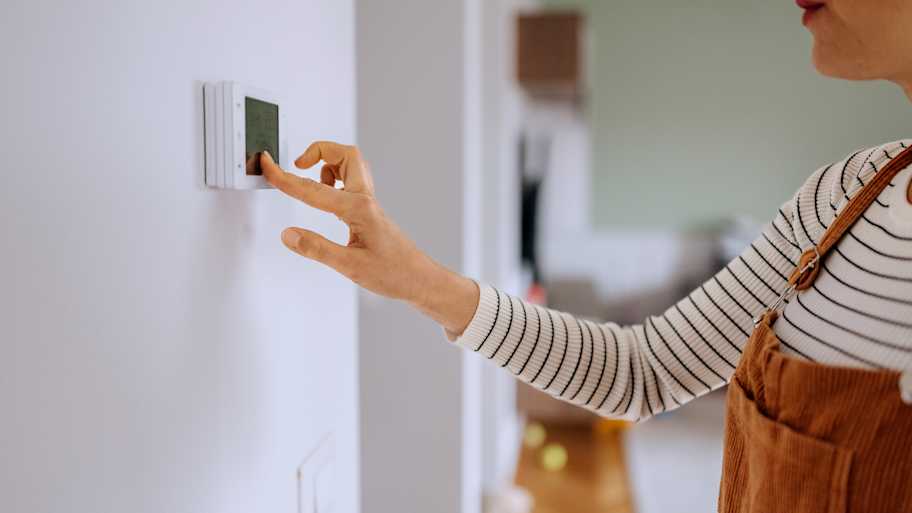
When your HVAC system is acting up, it could be the blower motor to blame. See how much blower motor replacement costs and what impacts the price here.
Fiberglass filters remove large particles at a small price


Fiberglass air filters are less expensive than alternatives and range from $2 to $6 per filter.
These types of filters fill up quickly with contaminants and need to be replaced every 30 days.
Fiberglass filters allow for good airflow, so they put less strain on your HVAC system.
Fiberglass air filters are among the most basic options for HVAC systems—they offer minimal filtration while fitting into tight budgets. These filters catch large contaminants like dust and lint but come with a low MERV rating and require frequent replacements. Review the pros and cons of fiberglass air filters and choose the best filter for your needs and your system.
Fiberglass air filters are one of the most basic types of filters used in heating, ventilation, and air conditioning systems (HVAC). They are made of fine glass fibers covered in resin. Fiberglass is a strong but lightweight material, making it ideal for air filters.
As you consider these filters, consider your budget, the frequency of air filter changes, and the type of particles you need to remove from the air. Contact a local air conditioning repair company for more information on which filters will work best with your specific HVAC system.
| Pros of Fiberglass Air Filters | Cons of Fiberglass Air Filters |
|---|---|
| Less costly than other types | Low MERV rating |
| Allow for sufficient airflow | Have to be frequently replaced |
| Not recyclable or biodegradable |
Air filter choice impacts the efficiency and effectiveness of an HVAC system. Fiberglass air filters are a basic option that might meet your goals.
Fiberglass air filters are inexpensive, costing between $2 and $6 each. Nearly every home improvement store keeps them in stock in singles and multipacks. Multipacks are a good choice due to the frequency with which fiberglass filters need to be replaced.
Fiberglass air filters let a sufficient amount of air through, which can benefit weak systems. Getting the right HVAC filter size is also key to balancing airflow with filtration. While fiberglass air filters let air flow, they also stop large contaminants like lint and dust.

Fiberglass air filters are gentle on the wallet and HVAC systems, but they’re also gentle on some of the particles you might want removed from your air.
Fiberglass air filters have a Minimum Efficiency Reporting Value (MERV) of 1 to 4—the lowest rating. These ratings estimate the filter’s ability to block particles of specific sizes. Fiberglass filters remove pollen, dust mites, carpet fibers, and standing dust. However, they don’t remove smaller particles, mold, gases, smoke, and other allergens. If you have allergies, consider going with a filter with a higher rating.
Compared to other types of air filters, fiberglass filters have a small surface area. Consequently, they fill quickly with contaminants in the air. Although the cost of replacement air filters is low, you have to change out fiberglass HVAC filters every 30 days.
If you forget to change your filter, it can clog, slow airflow, and strain your HVAC system. A clogged filter can also overwork older or underpowered systems, so you need to stick to a consistent replacement schedule.
Unfortunately, fiberglass is neither recyclable nor biodegradable because the glass cannot be separated from the resin for reuse. For this reason, most recycling programs do not accept fiberglass.
There are various options for fiberglass air filters, though not all may be compatible with your HVAC system. Prices vary, with fiberglass air filters being the most affordable. However, if you need more filtration power, here are a few other filter types to consider:
Pleated: Pleated filters have more surface area to trap particles, making them more efficient than fiberglass. They last longer, but pleats can restrict airflow and put strain on your system.
HEPA: High-Efficiency Particulate Air (HEPA) filters are incredibly efficient, removing up to 99.97% of contaminants. If you suffer from allergies, this could be the filter for you. However, they’re expensive, can restrict airflow, and may miss things like smoke and gases.
Electrostatic: Electrostatic filters rely on static to attract pollutants. Some also have a carbon filter to enhance efficiency, and they’re disposable and washable.
UV light: UV filters use short-wave UV light to kill viruses and bacteria. They cannot remove dust, pollen, and other allergens, so they’re often combined with HEPA filters.
Washable: Washable filters come in pleated forms or flat panels. They require regular cleaning, such as vacuuming or rinsing, to remove debris. Although you save money on filters, they require regular cleaning to remain effective.
Media filter: Media filters have a large surface area composed of pleated material inside a metal casing. They’re incredibly effective and last up to two years, they but require professional installation.
If you don’t have allergies or need a filter that can remove gases or smoke, fiberglass air filters are a budget-friendly option worth considering. Be prepared for frequent replacement, as they need to be replaced every 30 days. However, even with frequent replacement, they’re one of the most affordable and user-friendly air filters to use.
From average costs to expert advice, get all the answers you need to get your job done.

When your HVAC system is acting up, it could be the blower motor to blame. See how much blower motor replacement costs and what impacts the price here.

Get expert insights on radiant heating repair cost, including average prices, cost factors, and ways to save. Learn what impacts your radiant heating repair bill.

Springing for HVAC maintenance costs may seem like an extra—and easy-to-ignore—item on your checklist, but it will save you money in the long run.

Leave duct size calculations and installations to pros, but you can still use this duct sizing chart to understand the project better.

When deciding whether to repair or replace an AC unit consider the age of the unit, its overall performance, efficiency, and the cost of required repairs.

If you use a heat pump for warming your home, you’ll want to understand when to use the different modes for emergency heat vs. heat.